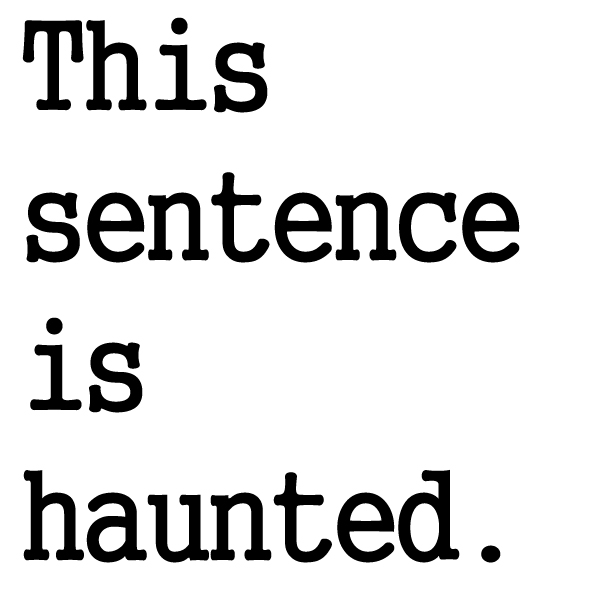I like a lot of things, clearly. One thing I truly admire, though, is literature (whether it's a book or comic) that has the power to actually affect me. Ladies and gentleman, I present to you UZUMAKI:
Written and illustrated by Junji Ito and first published in 1998, UZUMAKI tells the story of a small Japanese coastal town that gets slowly consumed by spirals. Things start insidiously, as Kirie (she's the girl in the foreground, and is ostensibly the main character) stumbles across her boyfriend's dad staring intently at a snail shell. It then soon becomes apparent the man is obsessed with spirals, and ultimately seeks to become one.
This is the just the start of the horrors that affect the town, though. UZUMAKI is spread over twenty chapters, all of which flow chronologically from one another and offer references and callbacks to previous events. The above image, of a boy turning into a snail, is perhaps the most overtly grotesque occurrence, yet offers the best example of how Ito approaches the story.
Kirie, or her boyfriend Shuichi, typically uncover or notice something peculiar (although occasionally someone else will) and then investigate or at least follow events. They are often as active in the weirdness as they are passive (or rather, helpless) observers. For instance, the boy who turns into the snail can't be helped. It appears from the off he's doomed, as he only comes to school when it's raining, and is really slow. When a spiral is discovered on his back that then starts to grow into a shell, Kirie can't help him. No one can. All that's left to do is watch as the inevitable takes form. But perhaps the true horror is what happens to those around him, and how the snail curse spreads...
This happens again and again to people in the town, with something horrific and spiral-centric deforming and twisting their bodies and minds. Some become snail people, others turn into deformed fleshy 'corkscrews', or merge with other people in twisted knots. Hair comes alive and a dead boy springs to life. Mosquitoes lead to a horrific murder spree. It's almost passé to say "Oh, well it's Japanese so of course it's mental" but honestly, nothing can prepare you for the places Ito takes his story. It's utterly, utterly deranged but shot through with really warped black humour, even slapstick.
There's a Lynchian vibe coursing through the story, too, as everyone in the town becomes aware of the horrors and reacts accordingly, yet often seem to just...ignore them. I'd also compare it to the work of Bentley Little, as the mundane is given a subtle but increasingly bizarre spin. It would have been interesting to see Ito explore characters taking a more active role for a longer amount of time; Kirie and Shuichi effectively give up a little too often, and other characters who show initiative either give up too, or in some way succumb to the spiral.
However, the plus side (if you can call it that) to Ito doing this is that it adds to the general helplessness of the town. Believe me, UZUMAKI is bleak. It becomes cloying, restrictive almost. A shroud of despair that rarely lifts. It isn't an easy read at times, but I think this adds to the power of the story. It's genuinely horrific, the artwork is frequently disturbing and the events become more and more unhinged as things build (or rather swirl) towards a climax that hints at cosmic horror as much as chaos theory and the infinite pattern of nature. It reminds me in some ways of Darren Aronofsky's debut film Pi (coincidentally also from 1998), as that follows a man who uncovers the secret number/pattern behind the the world, and the effect of this knowledge on his sanity.
UZUMAKI was turned into a film in 2000, which I haven't had the chance to watch. I understand it's more concerned with the surreal images and events of the story, rather than the psychological aspects, which is fine but it made me wonder. The more I read of UZUMAKI, the more I became convinced this would work remarkably well as a TV series. Recurring characters could be fleshed out and the effects of the spiral upon the town could be explored through the machinations of the town's elders/council. Is someone covering things up or putting a spin on events to convince the population that the weirdness has a "rational" explanation? How does the outside world react to the events in the town, particularly towards the end when the horrors become irrefutable...?
UZUMAKI profoundly affected me, there's no doubt about that. It's the first thing I've read in ages that actually unnerved me. I think a great deal of the unease comes from the fact Ito isn't afraid to kill or harm apparently important characters. No one is safe. There's often a sense of danger missing from mainstream horror, which is probably why I prefer to read (and write) so-called 'pulp' fiction. The gloves are off in those stories, more often than typical literature. Maybe a bit of blanket statement, but there you go.
So in closing, I highly recommend UZUMAKI. It can be found and read online, if you so desire. But be warned: it's less 'going down the rabbit hole' and more 'circling the drain'.
AAARRRGGGGGGGGGHHHHHHHH




